Religion and art spring from the same root and are close kin. Economics and art are strangers
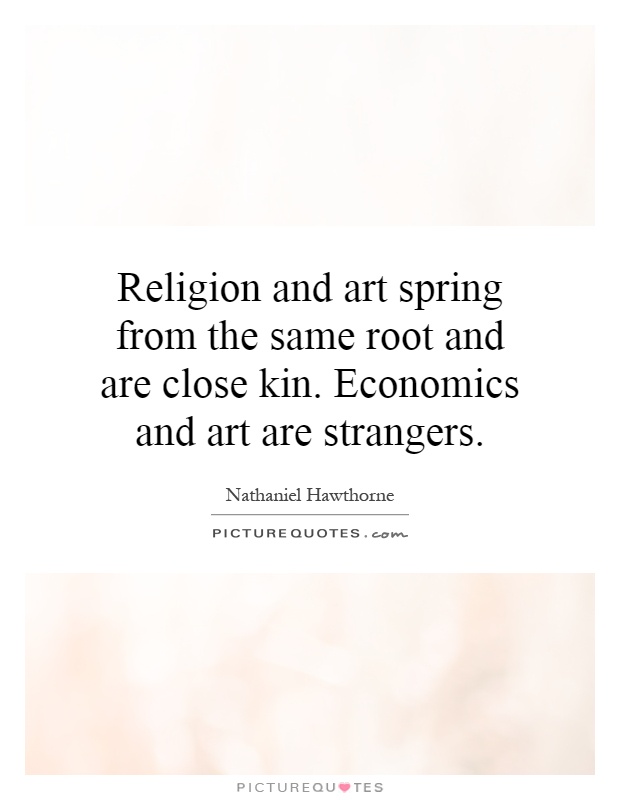
Religion and art spring from the same root and are close kin. Economics and art are strangers
Nathaniel Hawthorne, a renowned American author known for his exploration of themes such as sin, guilt, and the human condition, often delved into the relationship between religion, art, and economics in his works. In his novel "The Scarlet Letter," Hawthorne examines the intertwining of religion and art, suggesting that they share a common root and are closely connected, while also highlighting the stark contrast between art and economics.In "The Scarlet Letter," the character of Hester Prynne is forced to wear a scarlet letter "A" as a symbol of her sin of adultery. The letter becomes a form of artistic expression, as it is beautifully embroidered and adorned, transforming it from a mere symbol of shame into a work of art. This blending of religion and art is evident throughout the novel, as Hawthorne explores the ways in which both can be used to convey deeper truths about the human experience.
Religion and art, according to Hawthorne, spring from the same root in that they both seek to explore and express the mysteries of the human soul. Both religion and art are concerned with the spiritual and emotional aspects of life, delving into the complexities of human existence and offering insights into the nature of humanity. In this sense, religion and art are close kin, as they both strive to illuminate the deeper truths of the world around us.
On the other hand, Hawthorne suggests that economics and art are strangers, existing in separate realms that rarely intersect. Economics is concerned with practical matters such as money, resources, and trade, while art is concerned with the intangible aspects of life such as beauty, emotion, and meaning. The two are often at odds, with economics valuing efficiency and profit, while art values creativity and expression.
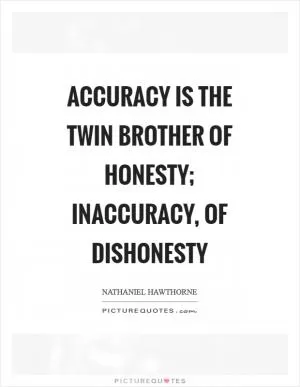
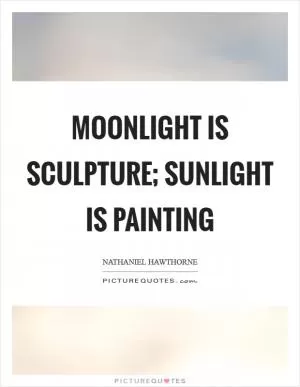
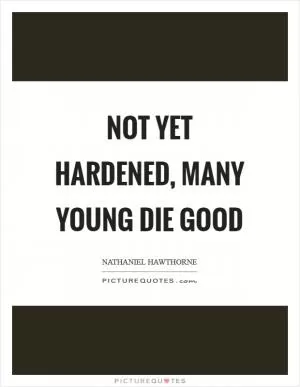

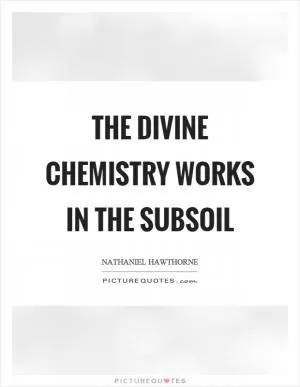
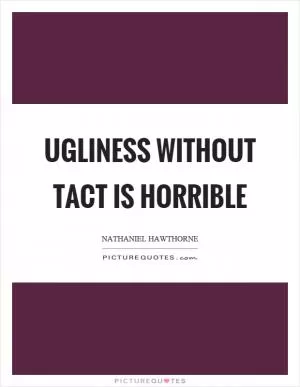


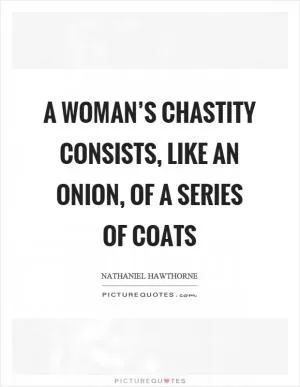
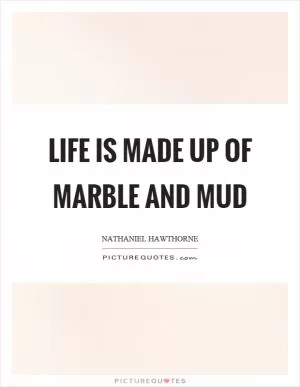
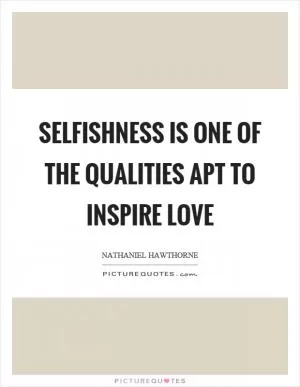

 Friendship Quotes
Friendship Quotes Love Quotes
Love Quotes Life Quotes
Life Quotes Funny Quotes
Funny Quotes Motivational Quotes
Motivational Quotes Inspirational Quotes
Inspirational Quotes